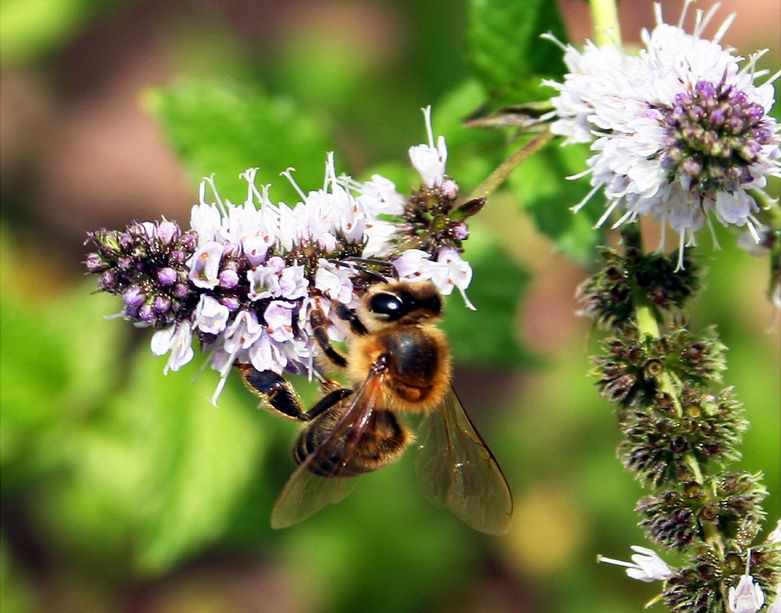Roman Honey Bee Hives Being Used to Study Pollution
August 09, 2018
In the past few years, rooftop beehives have become a common site in cities throughout the U.S. and other countries, providing businesses with additional income, publicity, and, more importantly, a place for urban bees to find refuge in densely-populated areas where bee swarms aren’t exactly welcome. While harvesting honey is a main draw for rooftop beehives, beekeepers in the city of Rome have another reason—to discover how polluted or not polluted the air of the “eternal city” is, a project they’re undertaking with Italy’s Carabinieri police force.
On top of the building that hosts the Italian Federation of Beekeepers (FAI) in the center of Rome, there are about 15 beehives buzzing away, producing honey and boatloads of information on the city’s air. "This is an experimental urban hive that we are using to collect data of scientific interest in order, for example, to devise a plant biodiversity map of Rome," says Raffaele Cirone, who is the president of FAI. "However, we are also studying the adverse effects of being in the center of a big city." Cirone specified that they are searching for the damaging residue of the fine particles PM2.5 and PM10, micro-plastics, and heavy metals.
Instruments used for measuring fine particles present in the air have been placed several feet from the various Roman rooftop hives. The honey harvested from the hives will be compared with the data gathered from these instruments, which the scientists will do periodically for analysis. "The scientists will be able to better understand the movements of these particles, if and how much they rise from the ground and whether they settle," says Cirone. In total, roughly 12 roofs in or around the center of Rome are being used to host the beehives, including one hive on the roof of the Carabinieri building.
According to Davide De Laurentis, who is the deputy commander of the Carabinieri force's environmental, agri-food, and forestry unit, the hope is to eventually move in the direction of a greater number of high rise colonies. Calling honeybees “nature’s sentinels,” De Laurentis says the initiative may be replicated in more of Italy’s major cities, which, like Rome, are struggling with pollution problems. If the hives continue to produce useful data, the results could provide enough intel for probable solutions that could potentially abate high pollution levels in the future. These solutions may be years off, but the data itself is a step in the right direction.
Copyright: neilld / 123RF Stock Photo


.jpg)




